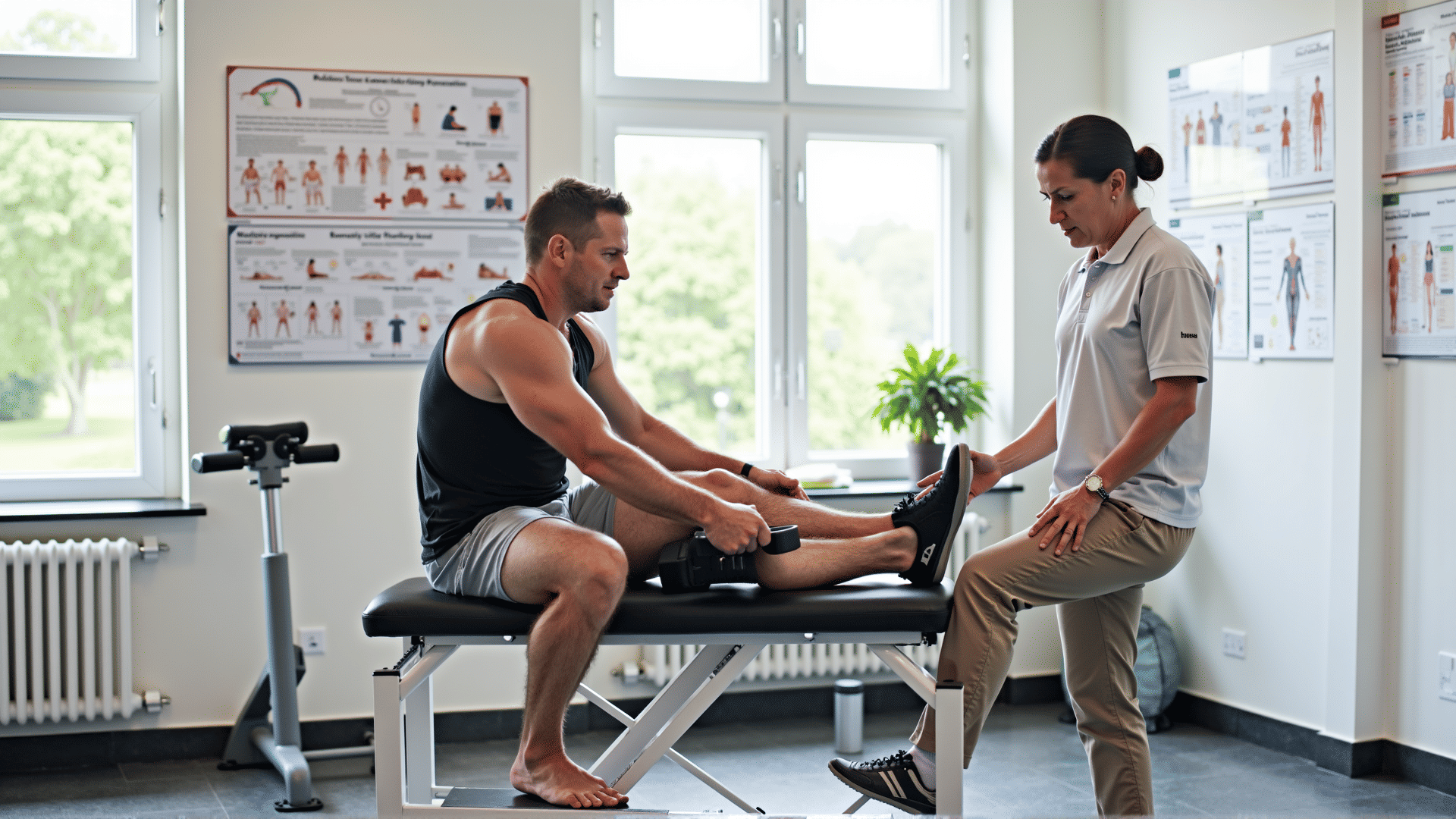Recovering from sports injuries can be a challenging process, but with the right strategies and guidance from top sports physiotherapists, athletes can optimize their recovery and prevent future injuries. Sports injuries range from mild strains to significant ligament tears, and the recovery process varies depending on the nature and severity of the injury. Here are expert tips to help athletes navigate their recovery journey effectively.
Understanding the Injury
The first step in any recovery process is understanding the injury. Accurate diagnosis is crucial for planning effective treatment. Consultation with healthcare professionals, such as sports physiotherapists or orthopedic specialists, can help identify the specific injury. This understanding will guide the development of a targeted rehabilitation plan.
R.I.C.E. Principle
For acute injuries, applying the R.I.C.E. principle—Rest, Ice, Compression, and Elevation—can help reduce swelling and pain during the initial phase. Resting prevents further aggravation of the injury, ice application reduces inflammation, compression keeps swelling down, and elevation promotes fluid drainage.
Physical Therapy
Physical therapy plays a vital role in recovery. A physiotherapist will assess the injury and design a personalized rehabilitation program that may include strength training, flexibility exercises, and functional activities to restore movement. It is essential to adhere to the program consistently to achieve the best outcomes.
Gradual Return to Activity
Athletes are often eager to return to their sport, but a gradual approach is vital to ensure complete recovery and avoid re-injury. Start with low-impact activities and gradually progress to more intense exercises as strength and flexibility improve. Listen to your body and avoid pushing too hard too soon.
Incorporating Cross-training
Cross-training provides a way to maintain fitness without putting undue stress on the injured area. Activities such as swimming, cycling, or yoga can improve cardiovascular fitness, flexibility, and overall strength while aiding in recovery.
Nutrition and Hydration
A well-balanced diet rich in vitamins and minerals can promote healing. Nutrients like protein, vitamin C, zinc, and omega-3 fatty acids are particularly beneficial for tissue repair and inflammation reduction. Staying adequately hydrated also supports recovery by maintaining cellular function and nutrient transport.
Psychological Support
The mental aspect of recovery is often overlooked but plays a crucial role in the healing process. An injury can be emotionally challenging, causing feelings of frustration or anxiety. Engaging with mental health professionals or joining support groups can provide the necessary emotional backing to navigate this phase positively.
Preventive Measures
To minimize the risk of future injuries, it is vital to incorporate preventive measures into your routine. This includes proper warm-ups and cool-downs, wearing appropriate gear, ensuring good technique, and maintaining overall fitness. Regular check-ins with physiotherapists can also help identify potential weaknesses or imbalances that need addressing.
Conclusion
Recovering from a sports injury requires patience, determination, and the expertise of health professionals. By understanding your injury, following a comprehensive rehabilitation plan, and focusing on preventive care, you can optimize your recovery and decrease the likelihood of future injuries. Remember, successful recovery isn’t just about healing the body, but also supporting the mind and spirit on the journey back to full activity.
